The number of elephants in Thailand has decreased dramatically in recent years: whilst in 1950, there were about 50,000 animals living in Thailand, the population has been decimated to roughly 3,500 elephants today. Feral elephants can hardly be found in Thailand nowadays. 300 animals are estimated to live in the north of the country while Kaeng Krachan national park is home to approximately 200 elephants.
The major reason for the decline of the elephant population in Thailand is the profit-oriented and continuous forest clearance. For the elephants, jungle clearing means the destruction of their habitat. At the end of the 19th century, about 70% of Thailand was covered with forest but today this percentage has been reduced to an alarming 20%. The deforestation was stopped in 1989 by a new forest protection law which meant that elephants which had been used as working animals to move tree trunks became useless to their owners.
From a working animal to a tourist attraction!
Many mahouts (elephant owners) switch to a new job because they are attracted by the big money in elephant trekkings and animal shows for tourists. However, playing football, painting pictures or carrying tourists are not at all natural activities of elephants. The ordeal of the former working animal ended in an unworthy life far from what nature intended for those proud animals! Adventurous tourists striving for amusement in their holidays struggle to understand the history of the giant animals within a few minutes or, at the most, hours. Having a close look at the body language of the elephants often reveals pure boredom or even post-traumatic behavioural disorders like shaking their heads. That is the beginning of the vicious circle since the money the mahouts make is a sort of life insurance for the elephants: such animals need 150 to 200 kilogrammes of food a day, and their maintenance including care and medical treatments costs about 500.- USD a month. Every visitor to Thailand should watch out for what they support by spending their money – please keep your eyes open and use your common sense! Nowadays there are thankfully many parks (with rising tendency) where the fascinating grey giants are treated with respect. Fact is: you can only have a deep and moving experience if the elephants are treated well!
The trunk animal
The extremely flexible and bone-free elephant trunk can be compared to an extended nose and consists of around 40,000 muscles. The sensitive organ is primarily used for breathing and smelling, but is also serves as a tool for feeling and grabbing. With the trunk, elephants can reach branches and plants in extreme heights which would be out of reach otherwise. Of course, elephants also use the trunk for efficient drinking: a bull, for instance, can drink 200 litres of water in just five minutes. If necessary, the trunk can also be used as a weapon but the pachyderms show their love much more frequently by entangling their trunks. Elephants also distribute dirt and dust on their skins with their trunks to protect themselves from insects and sunlight. By the way: the trunks of African elephants end in two finger-like extensions, but the Asian elephant only has one.
Entertainment should not be dangerous – animal abuse may not be fun!
The image of Thailand is shaped by countless temples, mile long beaches and impressive elephants. What is quite unknown is the fact that they even have their own letter in the Thai alphabet. The Chor Chang letter can be found in street names, city names or the names of many Thai people. All in all, elephants embody an important part of Thai society. Elephant sculptures are omnipresent in temples, elephant printings decorate the famous fisherman pants and loads of souvenirs with elephant images can be found in Thai shops. It is thus not surprising that the calm giants can be found in tourism, too. Who has not ever dreamed of petting the pachyderms or riding on elephant backs like Mogli from The Jungle Book when visiting a zoo? It is a lovely thought – exploring exotic jungles, eating many a coconut, picking some delicious fruits or having a refreshing bath in a waterfall with an elephant. But stop! Let’s come back to reality!
Exploitation – let’s be absolutely honest!
Whatever is offered to tourists does not satisfy the natural needs of elephants. Elephant owners are longing for good money, but cannot afford the maintenance of the animal. On every street corner, you can read signs which say: “Here: Elephant Riding!” Most elephants which are abused as a tourist attraction are apathetic, do not have enough food, live on small space and are tied on a short chain (!). If you do not want to ride the elephant, you can buy him a banana to feed him. A dilemma because by doing so, the elephant gets something else to eat. However, this only supports and approves the exploitation of the elephants. Do not support these people!
The more tourists visit parks where elephants are treated well, the more profitable it becomes for other suppliers to improve the treatment and maintenance of elephants.
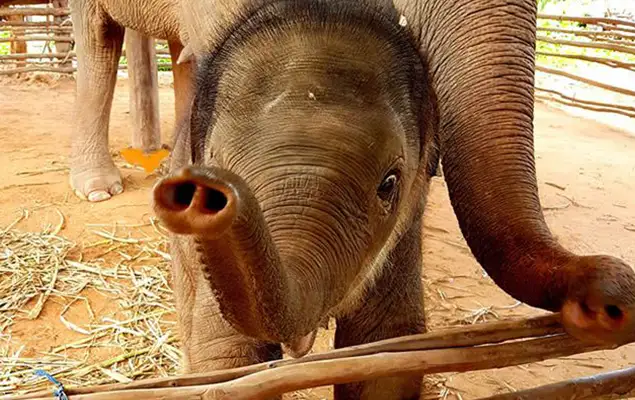
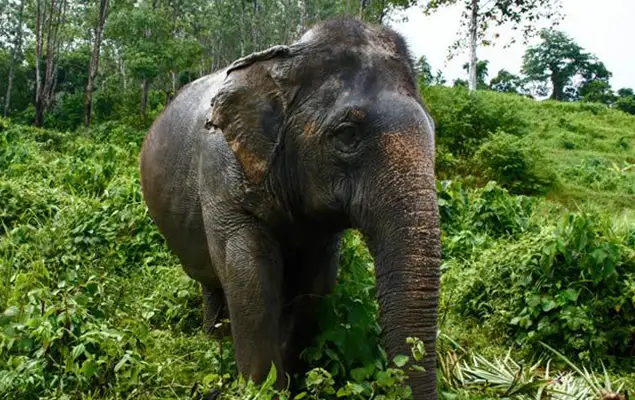
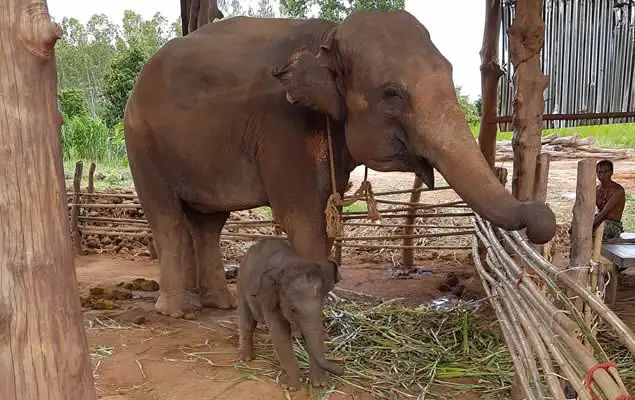
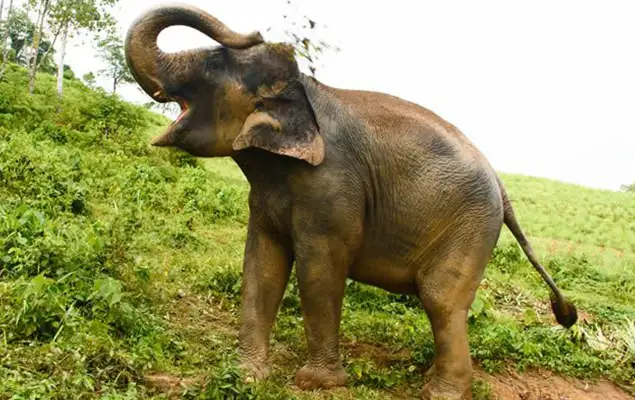
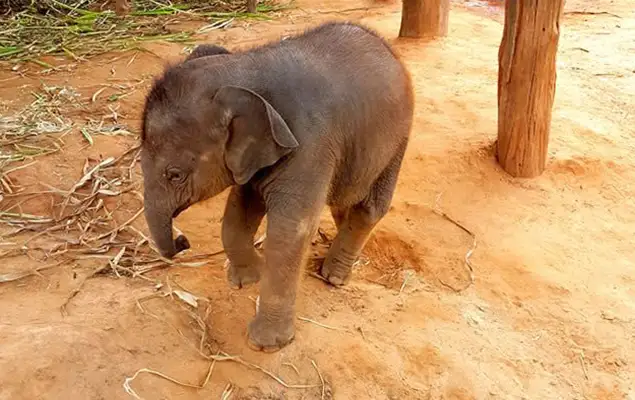
Address
Green Elephant Sanctuary Park Phuket
No. 4 Soi Cherngtalay 1 Road Si Sunthon
Choeng Thale,Phuket 83110
Phone: +66 (0)96 651 38 88
Phone: +66 (0)64 398 88 81
Email: office@green-elephantsanctuarypark.com

